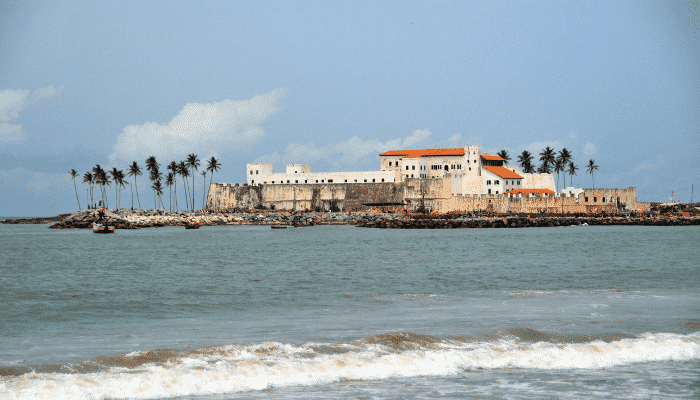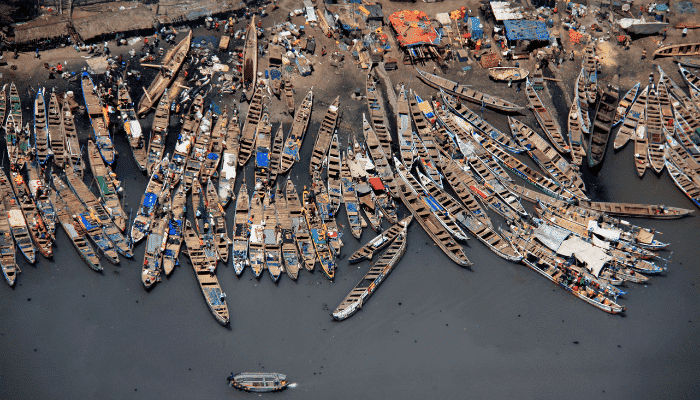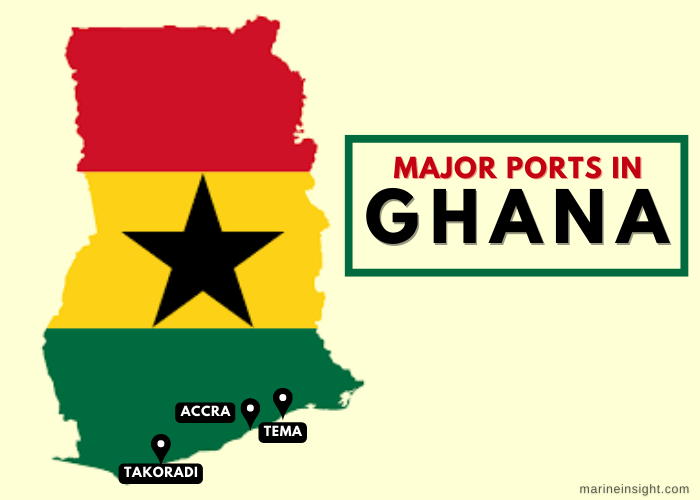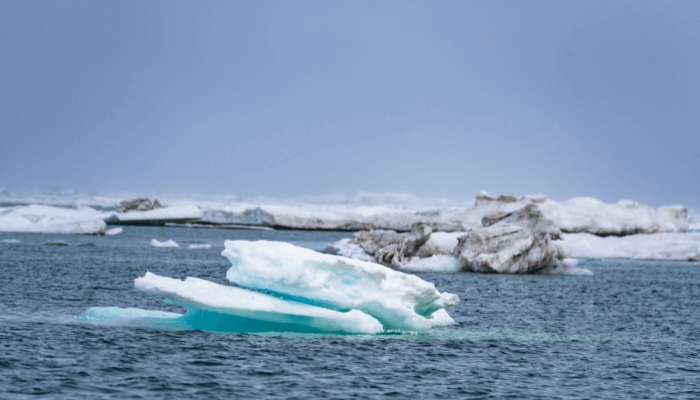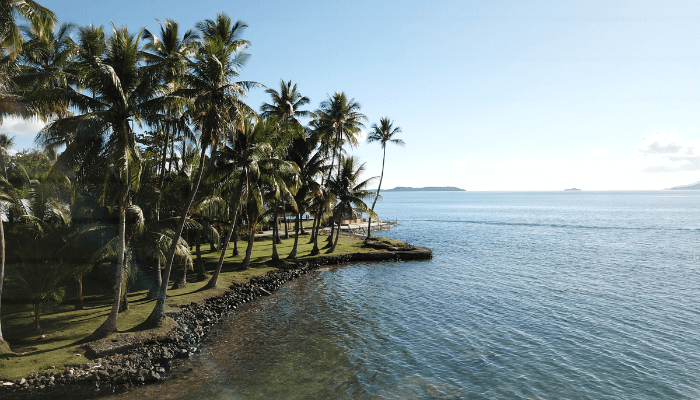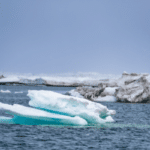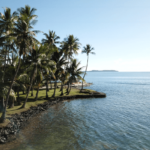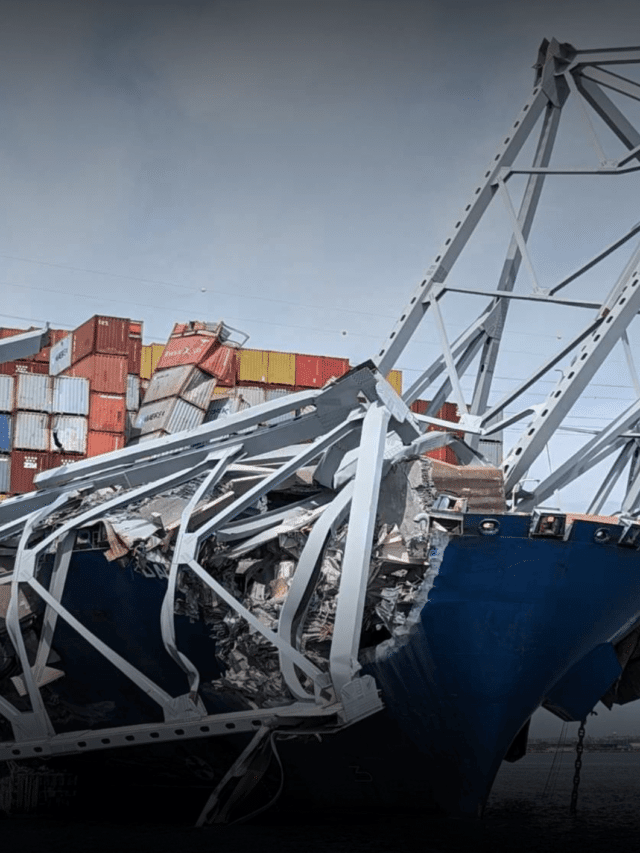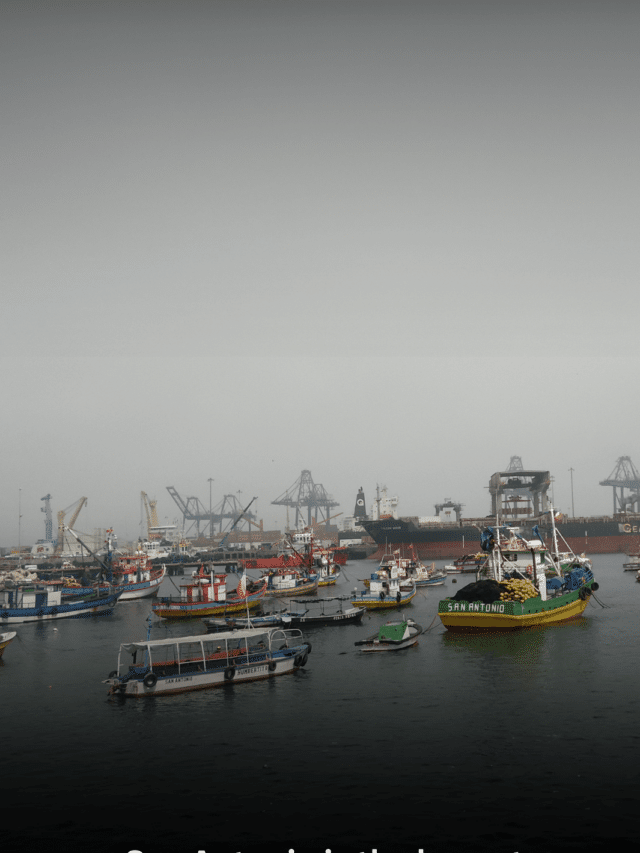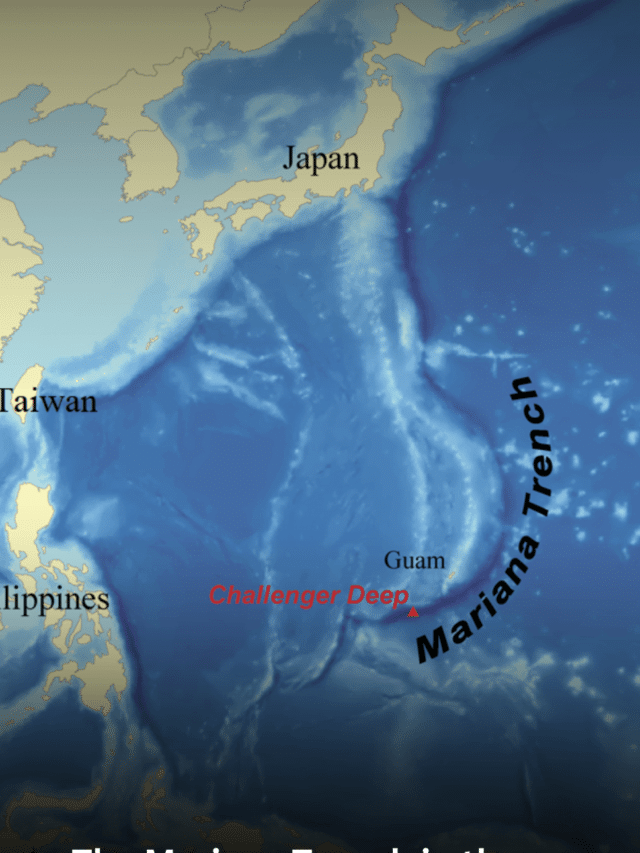6 Major Ports in Ghana
The West African Nation of Ghana is fairly prosperous and commands a leadership position in the region. It is also the second most populated country in West Africa. It is rich in natural resources and also rare metals. It has large reserves of gold, enormous industrial minerals and also hydrocarbon deposits. The economy is majorly supported by the services sector followed by manufacturing and industries.
Ghana is famous for its diverse range of crops and agro-based products that are widely exported. Most importantly, the nation is a major producer of the finest cocoa and ranks among the highest cocoa producer nations in the world.
Ghana shares its border with the Gulf of Guinea and the Atlantic Ocean in the south and so most of the agricultural produce is exported through the 6 strategic seaports that handle the country’s international maritime trade.
Ghana’s Ports are a major contributor to its economy. The Government of Ghana aims to achieve the status of ‘ a developed nation’ by 2029, and has revamped the port infrastructure and also undertaken many port projects.
Port of Tema is the nation’s principal and most crucial port as 70% of the country’s trade is handled by this facility. Then comes the port of Takoradi, Port of Saltpond, Port of Elmina, Old Port of Sekondi and Port of Accra.
The Ghana Ports and Harbours Authority (GPHA) is the national port authority that manages and maintains the smooth functioning of the ports and port operations. It primarily governs the Port of Sekondi-Takoradi, the Port of Tema and its fishing port.
Apart from international trade, these ports also deal with the transhipment cargo to and from nations in the north such as Burkina Faso. The ports have seen much development such as the Golden Jubilee terminal is a newly opened facility at the port of Tema.
However, there are some issues regarding port expansion. In recent years, Tema port has witnessed an increased volume of container traffic and the same is the case with Takoradi port that has seen a spur in shipping operations due to oil find nearby.
Both these ports require expansion to meet the requirements of the oil and shipping companies.
Let us have a look at the Ports in Ghana.
Port of Tema
Located on Ghana’s east coast, Tema port is the biggest and the premier port of the nation. It spans 3.9 million sq m and receives about 1650 ships every year including container ships, general cargo laden vessels, tankers, ro-ro, and also some cruise ships.
It deals with general cargo, heavy dry and liquid bulk and imported vehicles. It handles approximately 12 million tonnes of cargo annually, including petroleum, cement, aluminium goods, and textiles.
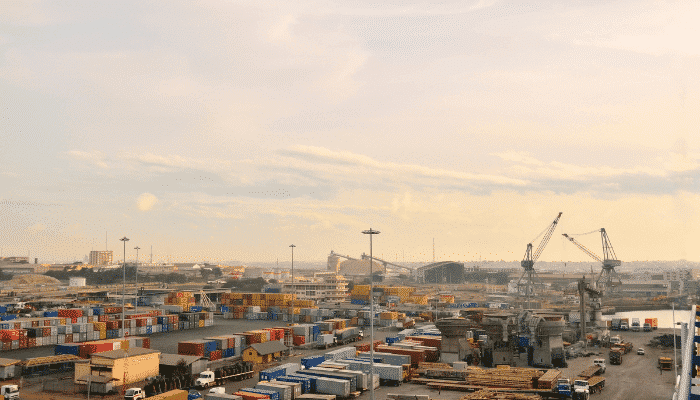
This port handles more than half of Ghana’s international maritime trade and is strategically located, only 30 km away from the capital city. It also serves as a logistics hub in the region by offering various services. The government is planning to expand the port further to make it the most important trading hub in the West African region.
The entrance to the main dock has a water depth of 12 metres and is 244 m wide. It is quite an expansive and well-planned port. It has 12 fully-operational berths. There are two other berths, one being an oil berth catering to oil tankers and the second one is managed by the Volta Aluminium Enterprise.
The oil berth has two fire-fighting pumps and the latest security measures to deal with any accidents. This berth can handle 244 m long tankers with a draught of 9.7 m.
Only two berths among these are deep-water berths with a water depth of 11.5 m. These are congested sometimes and so the vessels coming here are emptied and then shifted to the other berths. These 12 berths are situated on two wharves; Berth numbers 1 and 2 are on the second quay and are reserved for container vessels only. Berth no 3 to 11 are multipurpose.
The container handling at this port is managed by a private company called Meridian Port Services. The terminal that comprises the berth 1 and 2 is 575 m long and has modern equipment such as 3 shore cranes, 4-yard gantries, many reach stackers, 2 mobile cranes and 276 reefer points. This port has 13 transtainers and about 50 forklifts of different capacities.
The western side of the port has the Golden Jubilee Terminal which functions as an inland clearance depot. It covers an area of 97,412 m2 and has a freight station, a warehouse, parking facilities for vehicles and open storage for keeping containers. This terminal also provides banking services. This is the only terminal that receives containerised imported vehicles. This terminal dealt with 120,199 TEUs in 2019 and saw traffic of about 116,189 TEUs annually from 2015 to 2019.
This port also has a GPHA Reefer terminal that became functional in 2016. It deals with shipments and storage of frozen foods and fruits.
Tema Port has a main storage terminal as well. It spans 77,200 m2 and stores containers, steel goods and other general heavy cargo. It also has a sheltered area comprising 6 sheds that can store 53,000 tonnes of cargo. Private storage and warehousing facilities are also available at the port. There is also a bonded warehouse that stretches 2,108 m2 and is operated by the Golden Jubilee Terminal.
The Tema Shipyard is one of the biggest and most modern shipyards in the whole of Africa. It offers drydock and slipway services and spans over 48.45 acres. It is near Tema port. It has 2 docks which have a capacity of 100,000 dwt and offer dry docking and berthing services.
Port of Takoradi
The port of Takoradi is situated in western Ghana and was the nation’s first commercial port that became operational as early as 1928 to cater to the needs of the mining sector and also to deal with imported consumer products. Takoradi holds a crucial position in the region and is only 230 km from Accra.
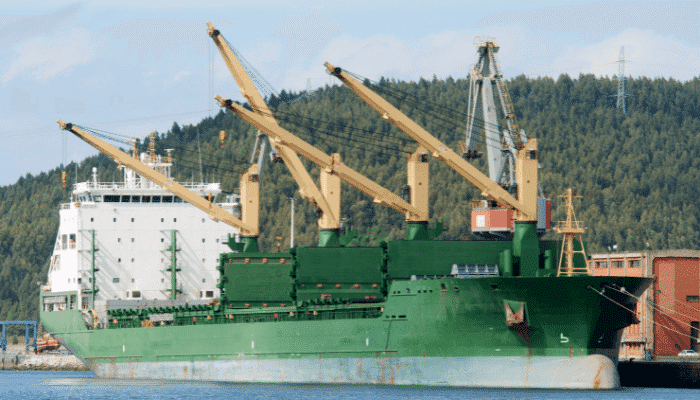
This port is well linked to the rest of Ghana especially the northern and central region and handles a large amount of trade with neighbouring landlocked countries such as Burkina Faso, Mali and Niger. It is Ghana’s second busiest port after the port of Tema.
It has 6 berths apart from separate berths for manganese and bauxite and one oil berth. Their draughts are between 8.4 m to 10 m respectively. All these are multipurpose berths and can handle ro-ro.
This port handled 66% of exports and 19% of imports and has seen significant expansion since then.
Takoradi port deals with a variety of exports such as manganese, bauxite, forest products, bagged cocoa beans and mining equipment. Imports include clinker, wheat, petroleum goods and containerized cargo.
World-famous and reliable shipping lines such as Maersk, Grimaldi, MSC, Delmas, and CMA CGM operate at this port. The port is actively supported by the private sector that provides smooth and reliable services.
Oil was discovered about 70 nautical miles from Takoradi port in 2007. Due to the port’s proximity to the oil fields, it aided in the transfer of oil as many oil vessels dock at this port to load and discharge oil, chemical supplies and also other goods that are kept in the port’s warehouses.
All these factors have made Takoradi port a driver of Ghana’s economy. It also functions as the major strategic logistics support base for the offshore exploration and production of oil and gas.
After the oil discovery, this port saw a significant increase in the volume of traffic that rose from 600 ships to 1628 in 2019. Offshore vessels increased from 11% in 2007 to 60% in 2019.
Takoradi port has the latest port equipment for loading/ unloading operations. It has a 55-tonne capacity mobile crane, 15 reach stackers with a capacity of 40 tonnes, 18 ro-ro tug masters and 14 forklifts with varying capacities from 4 to 32 tonnes.
There is also a container yard with a capacity of 5000 TEU’s. This port has a container freight station and also cold storage facilities. This yard handles 40 TEU’s every day.
The Main Storage Terminal at this port has a sheltered storage space of 140,000 m2 and an open storage area spanning 250,000 m2. Private warehouses are also located in the vicinity of the port area.
Takoradi Port also has a shipyard and a dry-dock and slipway that was revamped and modernized. It was also expanded to handle ships weighing up to 400 tonnes. This port has freshwater supply at berth numbers 2, 4, 5 and 6, provided by the GPHA fire and safety department.
Port of Saltpond
The Port of Saltpond is a deep-seaport in the South of Ghana situated in the town of Saltpond. It is near the Gulf of Guinea and has an anchorage depth of 12.5 to 13.8 m approximately. The depth of the oil terminal is more than 23. 2 m. The depth of the water channel is 76 feet.
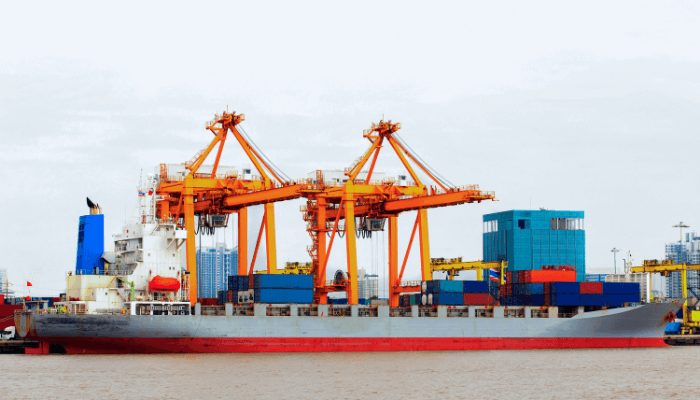
It is a very small port and has an open roadstead harbour. The Port’s shelter is in a bad condition and requires maintenance. It can handle only small vessels usually from neighbouring regions and not international shipments. It mainly handles small amounts of general cargo and logistic services.
Old Port of Sekondi
The old Sekondi port is situated in Southern Ghana near the Gulf of Guinea. It is a medium-sized port and usually deals with offshore supply vessels. Vessels measuring around 130 feet can conveniently dock at this port. The maximum draught at this port is 7.1 m and the deadweight is 13227 tonnes. It usually handles two or three vessels in a day and is not a very busy port.

This port is also called Sekondi-Takoradi since Sekondi-Takoradi became one city in 1963. Sekondi has forts built by the Dutch and the British. The region flourished after a railroad was built in the 1900s to get access to the goldfields. In 1928, the port of Takoradi was opened and so the old port of Sekondi receives much less commercial maritime traffic. The old Sekondi port is now used for fishing mainly and a naval station is located nearby.
Port of Elmina
Elmina is a small-sized port facility that mainly deals with marine goods. Situated in Southern Ghana, this port also receives many tourist ships as Elmina is also an important tourist destination. The water depth is quite low so only small fishing vessels are catered at this port.
The Elmina fishing project was inaugurated in 2020 and Ghana’s President said that would boost the fishing sector in Elmina and also Ghana. Fishing is one of the important sectors in the nation’s economy that employs 20% of people, especially locals.
The Elmina port now has a decent infrastructure and would lead to the growth of the fishing sector, cut on post-harvest losses and make Ghana self-sufficient in the long term as it would reduce fish imports drastically.
Port of Accra
Accra Port is a deep seaport located in the Gulf of Guinea in Ghana. It is a medium-sized port that hardly sees any cargo traffic. It was once a strategic port facility for the Portuguese in the 17th century but due to surf, the maritime traffic declined and it shifted to the Port of Tema, which is nearby and now the premier port of the country.
Ghana’s ports play an important role in building its economy and infrastructure. They also generate employment in the country and bring in much-needed revenue through profitable international maritime trade.
You might also like to read:
- 5 Major Ports Of Algeria
- 5 Major Ports Of Vietnam
- 5 Major Ports In Sudan
- 5 Major Ports In Switzerland
- 9 Major Ports In Bangladesh
- 3 Major Ports of Angola
Disclaimer: The authors’ views expressed in this article do not necessarily reflect the views of Marine Insight. Data and charts, if used, in the article have been sourced from available information and have not been authenticated by any statutory authority. The author and Marine Insight do not claim it to be accurate nor accept any responsibility for the same. The views constitute only the opinions and do not constitute any guidelines or recommendations on any course of action to be followed by the reader.
Do you have info to share with us ? Suggest a correction
Latest Maritime Knowledge Articles You Would Like:
Subscribe To Our Newsletters
By subscribing, you agree to our Privacy Policy and may receive occasional deal communications; you can unsubscribe anytime.
Web Stories



